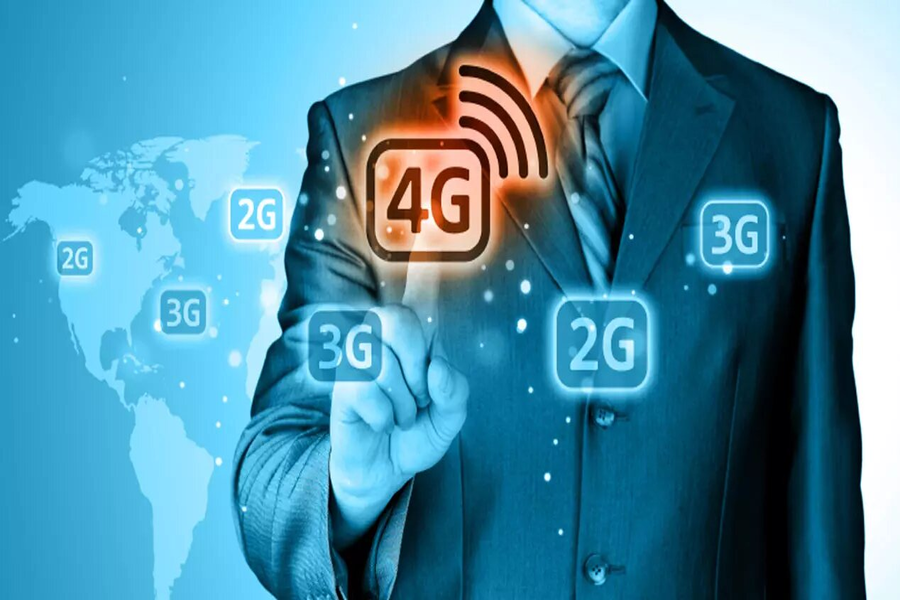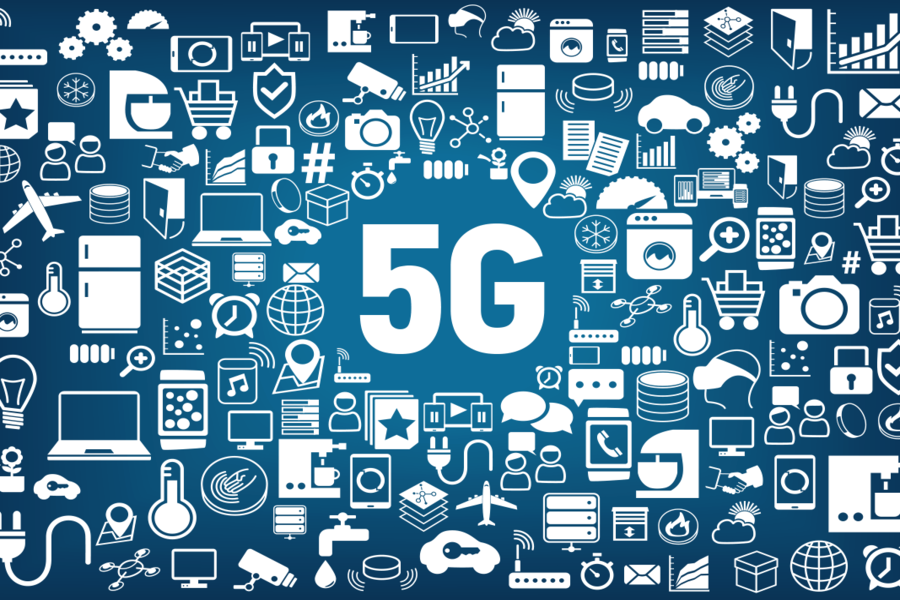Each information that we release to the world through our devices is supported by a complex communications network. But these networks have shown their differences over time. Let's know here the different types of mobile networks.

Types of mobile networks: The intricate structure of our communications
Knowledge about the different types of mobile networks it is not something the common user tends to overthink. We usually perceive the speed or slowness of communications with a certain fatality, as if it were technological magic.
However, the diversity of wireless networks is not only part of our past communication development history but also of our present and future. It is extremely useful to know the basic nuances of the structure that supports our information.
A mobile network is a rather intricate spider web that includes communication towers, antennas, network cores and devices to generate traffic that generates a flow of data that ends up ending up in our mobile devices.
A network is installed on a grid of cells placed over a given spatial area, filled with transmission stations placed in a vortex or in the center of the cells. Now, beyond this basic structure, there have been various kinds of mobile networks. We will meet them here.
If you have a special interest in the history of classification of communications, you may find it useful to visit this other article on our website dedicated to internet types. Follow the link!
2G
Known as the second generation network after the precarious and limited 1G, the 2G network was the first entirely digital system for cellular devices that were capable of making calls and sending text messages.
Although 2G is considered a crucial network for building the popularity of mobile telephony, today it is considered the slowest system of all, only functional for text-only messaging services. It is only for times when nothing more than the most basic element of communications is needed.
3G
If the previous 2G system was able to deal with 900 bits per second (and then expanded in the 2.5 and 2.75 network to 144000 bits per second), the 3G, also called UMTS (Universal Mobile Telecommunication System) allows 384000 bits per second. This completely revolutionized things: the system allowed you to watch videos and make video calls, integrate social networks or ensure global compatibility.
Although this network needs many more antennas to keep its range stable to many dispersed devices, even today we can see users using only 2G for their communications, due to its energy saving capabilities for the battery.
4G
After several speed increases for 3G technology (3.5 and 3.75), the 4G network would arrive, also called LTE (Long Term Evolution). The fourth generation network is currently the most widespread at a general level. This system has greatly improved the range level of the antennas with respect to the 3G network and it is with this technology that the mobile network begins to have the quality, speed and stability of the fiber optic network, supporting massive streaming services without precedents, social networks and constant high definition images.
5G
Finally, the fifth generation of 5G has arrived. This network, landed in the strange reality of 2020, means a significant technological leap, with a speed at least one hundred times greater than that of previous networks, greater stability and an immense capacity to host the largest number of users possible.
5G also definitely opens the door to the Internet of things: cars, houses, appliances and entire buildings can end up being intelligent, being energized from the network for our convenience.
The 5G network is not just a new collection of antennas, but a paradigm shift that will profoundly affect our entire social order. Smart cities, instant downloads of vast data, and robotic transportation will really push us into an unpredictable new era.
In the following video you can see a simple summary of all the mobile networks available throughout history together with the new possibilities that the 5G network inaugurates. So far our article on types of mobile networks. See you soon.
